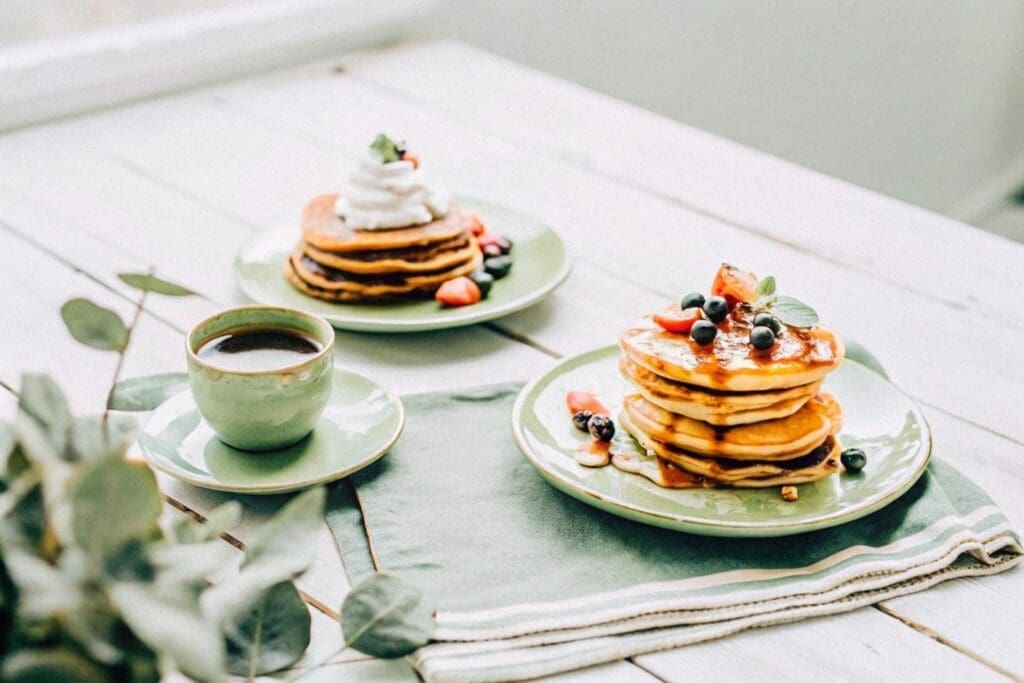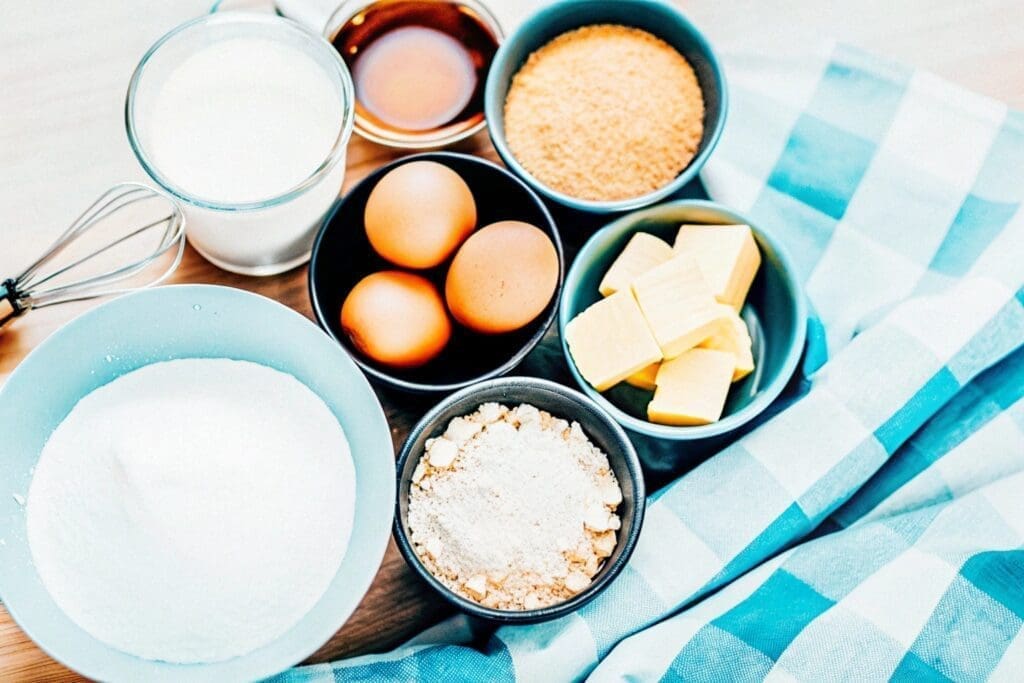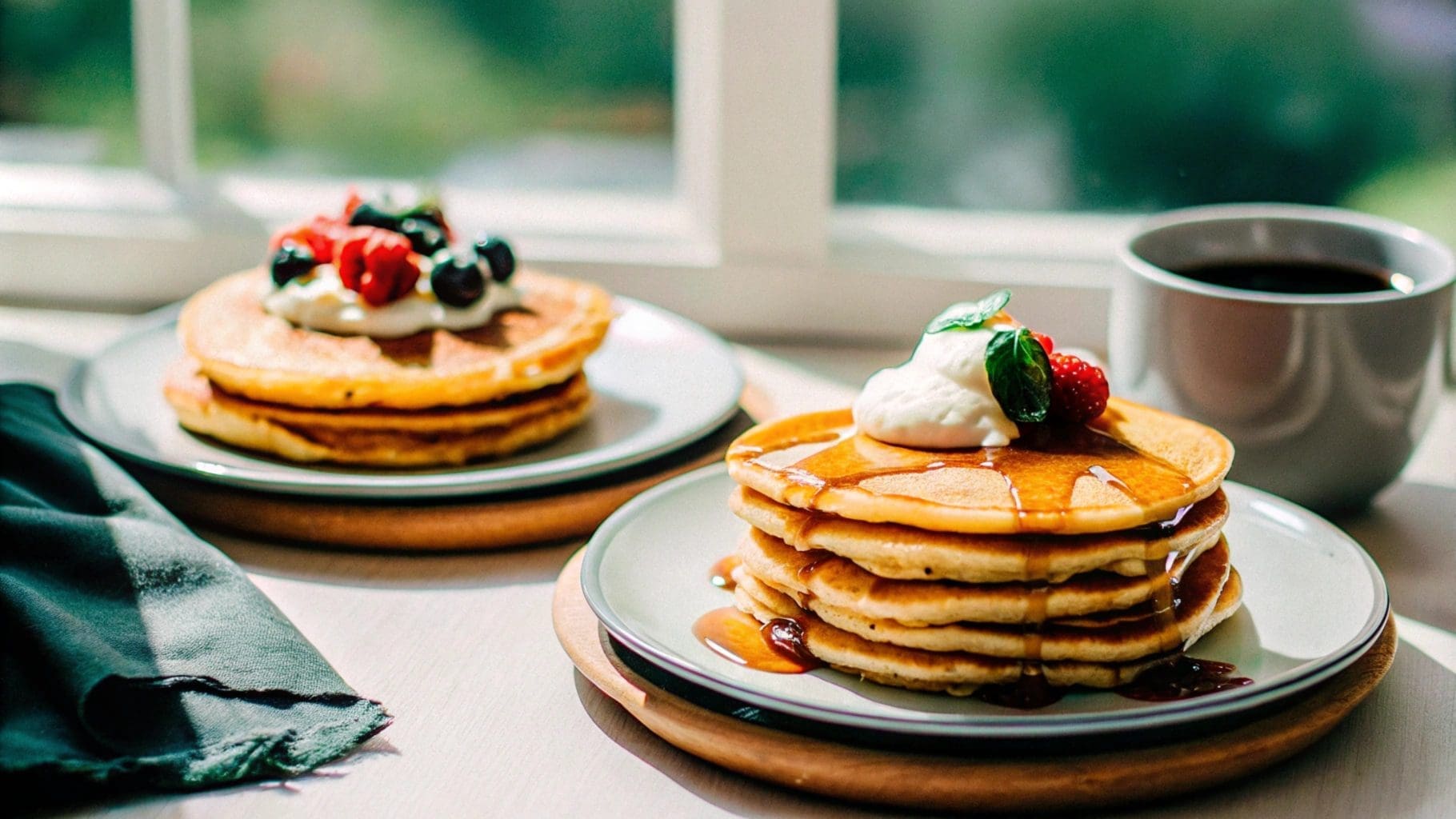Introduction
If you’ve ever stood in the breakfast aisle debating between hotcake mix and pancake mix, you’re not alone. Many people wonder, “Is hotcake mix the same as pancake mix?” While they seem similar, there are subtle differences that can influence the flavor, texture, and preparation of your favorite morning treats.
In this article, we’ll explore what sets hotcake mix apart from pancake mix, delve into their shared characteristics, and guide you on how to make the most of each. Whether you’re a breakfast enthusiast or simply curious, you’ll gain the clarity you need to decide which mix is right for your next culinary adventure.

Ingredients
Both hotcake mix and pancake mix share a core set of ingredients, but slight variations in their composition create distinct results. Below is a breakdown of their typical ingredients, along with explanations of their roles.

| Ingredient | Hotcake Mix | Pancake Mix |
|---|---|---|
| Flour | All-purpose, sometimes enriched for fluffiness | All-purpose, lighter for a delicate texture |
| Leavening Agents | Baking powder or soda, often slightly higher | Baking powder or soda, balanced for thin cakes |
| Sugar | More sugar for a sweeter flavor profile | Minimal sugar, allowing customization |
| Milk Powder | Common for richness and density | Optional, often omitted for a lighter feel |
| Egg Powder | Occasionally included for added structure | Rarely included, relying on fresh eggs |
| Salt | A touch to balance sweetness | Present in small amounts for flavor |
Substitutions
- Flour: You can swap all-purpose flour for whole wheat flour in either mix for a healthier twist, though this may affect the texture.
- Sugar: If you prefer less sweetness, reduce or replace the sugar with a natural alternative like stevia.
- Milk Powder: For dairy-free options, use plant-based powdered milk or simply omit it and adjust the liquid ratio.
Special Considerations
- Dietary Needs: Hotcake mixes often contain more sugar and milk derivatives, making them less suitable for individuals on low-sugar or dairy-free diets. Pancake mixes are typically more flexible and easier to adapt.
- Cultural Preferences: Hotcakes are commonly associated with denser, sweeter breakfasts, while pancakes are popular for their airy and customizable nature.
Understanding the ingredient nuances of each mix is key to achieving your desired breakfast experience.
How to Make Hotcakes vs Pancakes
How to Make Hotcakes
Hotcakes are known for their fluffy yet dense texture and sweet flavor. Here’s how to achieve the perfect hotcakes:
- Gather Your Ingredients
- 1 cup hotcake mix
- ¾ cup milk
- 1 egg (optional for extra richness)
- 1 tbsp melted butter or oil
- Prepare the Batter
- In a mixing bowl, combine the hotcake mix, milk, and egg.
- Stir gently to incorporate the ingredients, but avoid overmixing. The batter should be thick with a few lumps remaining.
- Heat the Pan
- Preheat a nonstick skillet or griddle over medium heat. Add a small amount of butter or oil to coat the surface evenly.
- Cook the Hotcakes
- Pour ¼ cup of batter onto the heated pan for each hotcake.
- Cook for 2–3 minutes or until bubbles form on the surface. Flip and cook for an additional 2–3 minutes until golden brown.
- Serve and Enjoy
- Serve hot with a pat of butter, a drizzle of syrup, and a side of fresh fruit for a classic breakfast spread.
How to Make Pancakes
Pancakes are loved for their lighter texture and versatility. Follow these steps to whip up a perfect batch:
- Gather Your Ingredients
- 1 cup pancake mix
- 1 cup water or milk
- 1 egg (optional for added fluffiness)
- Mix the Batter
- In a medium bowl, whisk together the pancake mix, liquid, and egg.
- Aim for a smooth, pourable batter. Add a splash more liquid if the batter feels too thick.
- Preheat the Cooking Surface
- Heat a griddle or skillet over medium heat. Lightly grease with butter or oil.
- Cook the Pancakes
- Pour ¼ cup of batter for each pancake onto the cooking surface.
- Cook for 1–2 minutes, flipping once bubbles appear and the edges are set. Finish with another minute on the second side until golden.
- Serve and Customize
- Stack pancakes high and customize with toppings like berries, whipped cream, or even savory options like eggs and bacon.
Cultural and Historical Context: Hotcakes vs Pancakes
To understand the differences between hotcakes and pancakes, it’s essential to delve into their origins and cultural significance. Both share a rich history, but their evolution highlights distinct culinary traditions.
The Origins of Hotcakes
Hotcakes trace their roots to ancient cultures, where flatbreads and cakes cooked on griddles were among the earliest forms of bread. Over time, hotcakes became a staple in many regions, particularly in the Philippines and parts of East Asia. The term “hotcake” is often associated with thicker, sweeter versions of griddle cakes, influenced by local tastes and ingredients.
- In the Philippines: Hotcakes are a popular breakfast or merienda (snack) food. They are typically denser and sweeter, often flavored with vanilla and served with margarine and sugar.
- In Japan: The influence of Western-style hotcakes led to their adoption as fluffy, dessert-like treats served with honey or fruit.
The History of Pancakes
Pancakes have an equally storied past, appearing in various forms across the globe. From ancient Greece’s tagenites to French crêpes, pancakes have long been celebrated for their versatility.
- In America: Pancakes as we know them today gained popularity in the 19th century, thanks to mass-produced pancake mixes like Aunt Jemima (now Pearl Milling Company). They are typically lighter and fluffier, making them a breakfast favorite.
- Globally: Pancakes have many variations, including Swedish pannkakor (thin pancakes), Russian blini (small, yeasted pancakes), and Ethiopian injera (fermented flatbread).
Key Differences in Cultural Context
- Hotcakes are more common in regions where denser, sweeter griddle cakes are preferred, such as Asia and Latin America.
- Pancakes are synonymous with the airy breakfast cakes enjoyed in North America and Europe.
Creative Variations for Hotcake and Pancake Mix
Variations for Hotcakes
- Tropical Hotcakes
- Add coconut milk instead of regular milk for a rich, tropical flavor.
- Top with sliced bananas, toasted coconut flakes, and a drizzle of caramel sauce.
- Savory Hotcakes
- Mix grated cheese and chopped green onions into the batter for a savory twist.
- Serve with sour cream or a dollop of spicy salsa.
- Rainbow Hotcakes (Kid-Friendly)
- Incorporate food coloring into the batter to make vibrant, colorful hotcakes.
- Stack them and top with whipped cream and sprinkles for a fun presentation.
Variations for Pancakes
- Protein-Packed Pancakes
- Replace half the pancake mix with protein powder for a nutritious start to the day.
- Add toppings like Greek yogurt and almond butter for extra protein.
- Pumpkin Spice Pancakes
- Stir in canned pumpkin puree, cinnamon, and nutmeg for a seasonal treat.
- Serve with a dollop of whipped cream and a sprinkle of cinnamon sugar.
- Chocolate Lovers’ Pancakes
- Add cocoa powder and chocolate chips to the batter for a decadent breakfast.
- Finish with a drizzle of chocolate syrup and a few fresh strawberries.
Customizations for Dietary Needs
- Gluten-Free
- Use a gluten-free mix and ensure any added ingredients, like baking powder, are certified gluten-free.
- Pair with toppings like fresh fruit or nut butters to enhance flavor.
- Vegan
- Replace eggs with flaxseed or chia seed “eggs” (1 tbsp seeds + 2.5 tbsp water).
- Use plant-based milk and omit butter, replacing it with neutral oils like coconut or avocado oil.
- Low-Carb/Keto
- Substitute traditional mixes with almond flour or coconut flour-based recipes.
- Sweeten with sugar-free syrups or stevia for a keto-friendly option.
Additional Notes for Hotcakes and Pancakes

Helpful Tips for Serving
- Hotcakes
- Serve immediately to enjoy their soft, fluffy texture.
- Pair with warm syrups like maple or honey to complement their sweet flavor.
- Pancakes
- Keep pancakes warm by placing them on a baking sheet in an oven preheated to 200°F.
- Experiment with savory toppings like smoked salmon or avocado for a gourmet twist.
Storage Tips
- Refrigeration
- Allow hotcakes or pancakes to cool completely before storing in an airtight container. They can last up to 3 days in the refrigerator.
- Freezing
- Place a piece of parchment paper between each pancake or hotcake to prevent sticking, then store in a freezer bag.
- Reheat in the microwave or toaster for a quick breakfast option.
Adjusting for Special Diets
- Low-Sodium Option
- Use low-sodium mixes or omit additional salt from the recipe.
- Flavor with fresh herbs or spices to compensate for the reduced salt.
- Sugar-Free Hotcakes/Pancakes
- Replace sugar with natural sweeteners like monk fruit or erythritol.
- Use unsweetened plant-based milk to avoid hidden sugars.
Troubleshooting Common Issues
- Batter Too Thick: Thin it out with a small amount of milk or water.
- Uneven Cooking: Ensure the pan is evenly heated before pouring the batter.
- Sticky Surface: Use a well-greased pan or nonstick cooking spray to avoid sticking.
FAQs
1. Is hotcake mix the same as pancake mix?
No, hotcake mix and pancake mix are not exactly the same. Hotcake mix generally contains more sugar and sometimes milk powder, giving it a denser, sweeter result. Pancake mix is lighter and less sweet, making it more versatile for different toppings and flavor profiles.
2. Can I use pancake mix to make hotcakes?
Yes, you can use pancake mix to make hotcakes, but you may need to adjust the recipe. Add a bit of extra sugar and milk powder (if not already included in the mix) to achieve the sweeter and denser characteristics of hotcakes.
3. Which is healthier: hotcakes or pancakes?
Pancakes are generally considered healthier because they typically contain less sugar and fat. However, the healthiness depends on the specific mix and toppings used. Opt for whole-grain or low-sugar mixes for a healthier option.
4. Are hotcakes and pancakes the same thing in all countries?
No, the terms “hotcakes” and “pancakes” can refer to different things depending on the region. For example, in the Philippines, hotcakes are a distinct, sweetened breakfast item, while pancakes in the U.S. are lighter and less sweet.
5. Can I make both hotcakes and pancakes from scratch?
Absolutely! Homemade mixes give you complete control over ingredients. For hotcakes, increase the sugar and consider adding milk powder. For pancakes, aim for a thinner, less sweet batter.
Conclusion
When it comes to the question, “Is hotcake mix the same as pancake mix?”, the answer lies in the subtle yet significant differences. While both share foundational ingredients and preparation methods, hotcake mix leans towards a sweeter, denser texture, perfect for indulgent breakfasts, whereas pancake mix is lighter and more versatile for diverse toppings and flavors.
By understanding these distinctions, you can choose the right mix for your preferences and even customize recipes to suit dietary needs or creative variations. Whether you’re savoring a stack of hotcakes with tropical flavors or enjoying airy pancakes with classic syrup, both options promise a delicious start to your day.
Now that you’re equipped with all the details, it’s time to hit the kitchen! Grab your favorite mix, experiment with flavors, and enjoy the delightful process of making these breakfast classics.
If you loved this article, explore our other breakfast tips and recipes to elevate your mornings even further.

